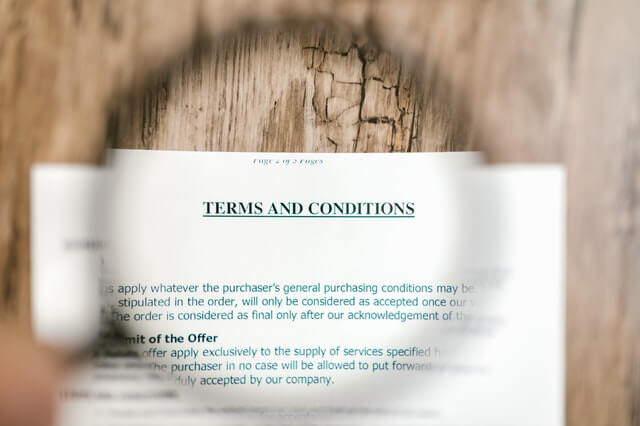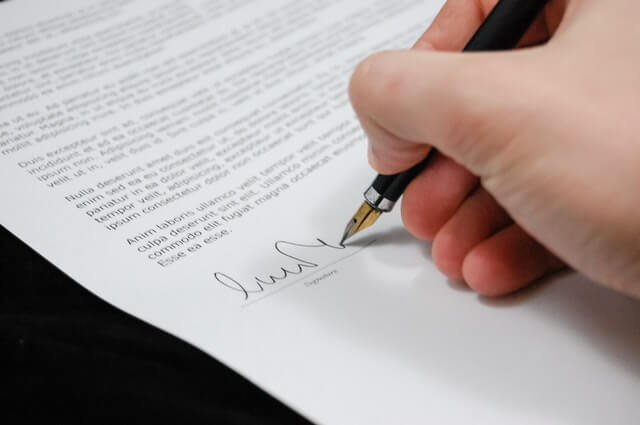As a leasing agent, people expect you to know everything about what goes on in renting. It is not only the landlords and tenants who should familiarize the whole process. The information on the rental business is a lot to take in, but it does help you in navigating your way through the transactions. One of the things you should know is the legal side of renting.
Teaching yourself about the laws in renting is essential because you will know the basic dos and don’ts. You would know if the landlord has questionable items in the lease agreement or failed to provide a habitable home to their tenants. Some tenants do not realize when their landlords are taking advantage of them, and it is your job to protect them from that. If caught, landlords would have to pay fines, possibly go to jail, or lose their business.
Fortunately, the Residential Tenancies Act exists in Ontario. It includes the landlords’ and tenants’ rights, including their obligations. It will also serve as your guide throughout your career as a leasing agent. Let us dig deeper into this, shall we?

The rental agreement
As you know already, the rental agreement or tenancy agreement is probably the most crucial document in renting. It comprises the terms of the lease, rental price, duration of the lease, etc. Simply put, it is a legal document in which the landlord and tenant agree on the conditions stipulated. Any breach of this contract will result in consequences for the violator.
The landlords were allowed to have their versions of the rental agreement before 2017. However, there have been changes in the act since then. As of April 30, 2018, there is a standard format of the tenancy agreement. But there are exceptions to this, and these are:
• the unit is in a care home {e.g., retirement home}
• the rental is in a mobile home community
• specific supportive housing
The new template is understandable because it uses simple language and avoids the use of legal jargon. You can expect that the format will state the rental fee and its due date, inclusions, rules inside the rental, and the responsibilities of the landlord and tenant.

Landlord and Tenant Act in Ontario
As I have previously mentioned, the act enunciates the rights of tenants and landlords. The Landlord and Tenant Board also created a brochure with data about who they are, their roles, and contact numbers. It is given to the tenant once they start renting. If you want a copy of this, you can go to the LTB offices and get one.
The landlord has the right to decide on the rent price and adjust it, collect the rent and deposit, or request personal information about a tenant. If they have rights, we should remember that they have responsibilities too. The landlord is responsible for the repairs and maintenance of all the amenities inside the rental. They should also let the tenant sign the rental agreement, and landlords should not enter the premises without the tenant’s consent.

When it comes to ending a tenancy, both parties have the right to do it. The processes are different, but landlords and tenants are allowed. The LTB website offers various forms, which landlords can use. You can try to check them out if you want.
As a leasing agent, knowing how to navigate your way through a deal is a plus. It goes with your knowledge of other things about the business. For example, you have your expertise in marketing the rental to the public. But of course, you have Padleads to help you with that. Using Padleads will let you post your property listings online and have you syndicate them to other websites.
But going back to the topic, being familiar with the law does not only make you look good. It can also protect your clients, whether they are landlords or tenants.